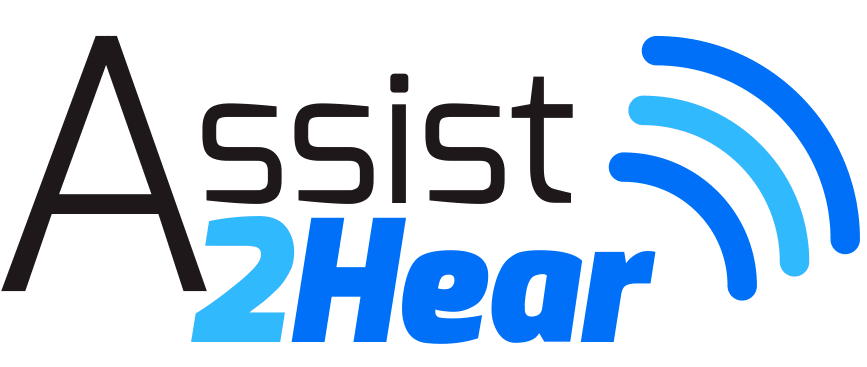Loops and Bluetooth are like apples and oranges. Both are wireless technologies, but Bluetooth is a short range signal that must be “paired” with a phone or TV and typically requires an intermediate device to interpret the Bluetooth signal and convert it to a signal the hearing aid can accept and transmit. It is important to understand that there are no “Bluetooth Hearing Aids.” A loop has no range limit – one just needs to be “in the loop” area, as opposed to the short range Bluetooth signal. Loops do not require any intermediate devices since the signal is sent directly to the t-coil in the hearing aid. Bluetooth interfaces with phones and TVs but do not work in large venues. One major drawback of Bluetooth is power consumption, which is another reason an intermediate device, such as a streamer, is necessary. Most manufacturers agree that Bluetooth is not the wave of the future due to power consumption and a delay in the signal which can have negative effects on overall sound quality. In an interview with Jenny Groth, M.A., who is Director of Audiology Communication for ReSound, Jenny said “There are no hearing aids today that directly implement Bluetooth. So, every hearing aid that claims to be able to utilize Bluetooth has some sort of intermediate device that interprets the Bluetooth signal and then changes the information into a wireless technology that the hearing aid can accept and transmit.” Bluetooth works well with TV and phones using a streamer, remote, etc. while a hearing loop system needs no intermediate device, uses literally no power from the hearing aid and is only limited by the size of the loop. The good news is that one can have BOTH Bluetooth and a t-coil in their hearing aids to maximize hearing is different situations.
Read this blog for more information about bluetooth and telecoils in hearing aids…..
